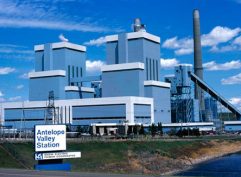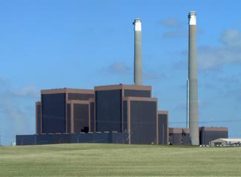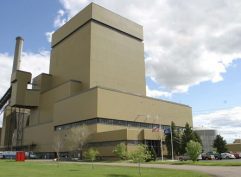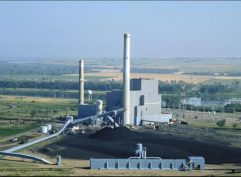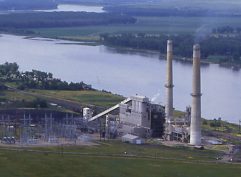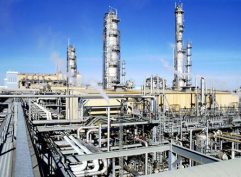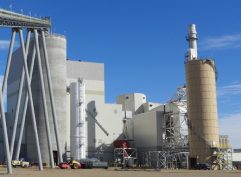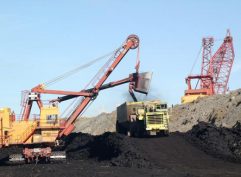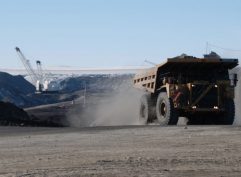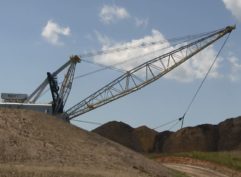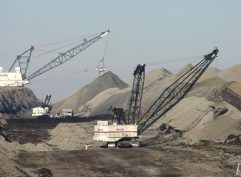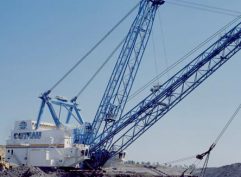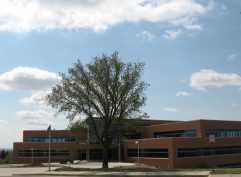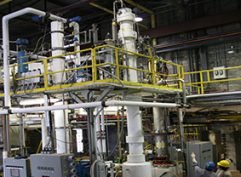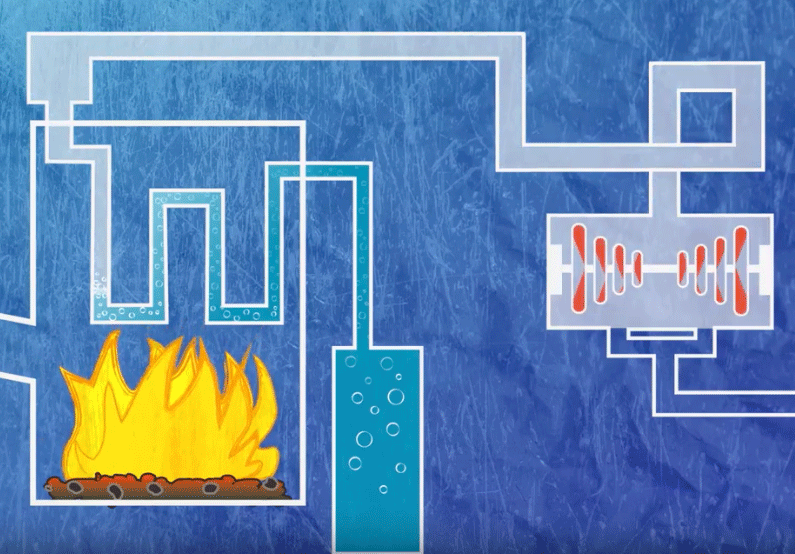Great Plains Synfuels Plant: The other 20 percent of the lignite industry
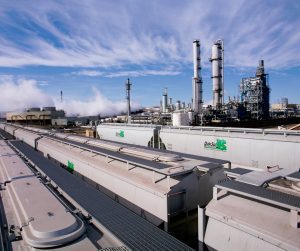
Besides making synthetic natural gas, the Great Plains Synfuels Plant also makes and sells several other products including fertilizers that are used by farmers in the Upper Great Plains.
Coal mines and power plants are what most people identify with North Dakota’s lignite industry, but no two are the same. The most unique facility in the North Dakota lignite fleet is the Great Plains Synfuels Plant, owned and operated by Dakota Gasification Company, a wholly owned subsidiary of Basin Electric Power Cooperative.
The plant converts lignite into synthetic natural gas but it also produces another nine valuable products, including fertilizers for area farmers and carbon dioxide that is used for enhanced oil recovery in Canadian oil fields.
The Synfuels Plant has approximately 700 employees as a permanent workforce – which makes it the largest single plant or mine in North Dakota. It even has its own fire department.

Dale Johnson, the plant manager at the Great Plains Synfuels Plant, has worked at the plant since 1985.
Dale Johnson, the plant manager, has been working at the Synfuels Plant since 1985. He describes the plant as “the Disneyland for engineers.” Johnson, who earned a chemical engineering degree from Montana State University, says the plant turns lignite into a feedstock that can be used to create synthetic natural gas along with a variety of other valuable products.
“The plant is very complex but it is also very exciting because there are so many different things going on,” he said. “Gasifying lignite offers a lot of potential to make many different products. The plant’s operations are similar to both a coal-based power plant and an oil refinery.”
Built in the early 1980s, the plant went online in 1984. The original mission of the plant was to gasify lignite as the United States had gone through a natural gas shortage in the late 1970s. The Synfuels Plant was part of President Carter’s plan to make America less dependent on foreign sources of energy.
The original partners in the plant were all natural gas companies who were looking to supplement their natural gas supplies with synthetic natural gas. When an over-supply of natural gas hit in the mid-1980s, they defaulted on their government loans and Basin Electric Power Cooperative bought the plant from the U.S. Department of Energy in 1988.
Since that time, the price of natural gas has fluctuated with supply. Right now, there is a natural gas glut in the United States so Great Plains augments their income by producing and selling valuable products.
“We’ve applied a great deal of ingenuity into our operations,” he said. “For instance, we make an ammonium sulfate fertilizer which is part of our flue gas desulfurization system. We remove the sulfur in our flue gas, using an ammonia reagent, and then turn that combination into our DakSul 45 fertilizer that is shipped regionally to enhance agriculture production.”
The plant also diverts some of its synthesis gas stream, which otherwise would become synthetic natural gas, to its ammonia plant where it becomes another valuable fertilizer – anhydrous ammonia, which is shipped out by either truck or rail throughout the region.
The product that gets the most attention is the carbon dioxide that is captured at the plant and is shipped to Canadian oil fields through a 200-mile pipeline from the plant to Weyburn, Saskatchewan. Visitors from all over the world have toured the Great Plains Synfuels Plant to learn more about carbon capture and storage.
“We’ve sold over 30 million metric tons of carbon dioxide to Canadian oil firms who use the CO2 for enhanced oil recovery,” Johnson said. “We are one of the largest sequestration projects in the world.”
The next product to be made and sold from the Synfuels Plant will be urea. The raw products for urea – a dry granular fertilizer – are ammonia and carbon dioxide. Currently, the urea plant at the site is under construction and is expected to be operating commercially in early 2018.
The Great Plains Synfuels Plant consumes about 18,000 tons of lignite a day, or about 6 million tons a year. The coal is provided by The Coteau Properties Company’s Freedom Mine, which also provides fuel to the Antelope Valley Station and the Leland Olds Station.
The Synfuels Plant gasifies chunks of coal that are 4 inches or smaller, but doesn’t want coal fines – particles that are under a quarter of an inch. The coal fines are transported to the Antelope Valley Station, which pulverizes its coal before injecting it into its boilers.
“We call it ‘linkage-by-design’,” Johnson said. “The mine, the power plant and the Synfuels Plant share a number of things including water, railroad and fuel. We also are a very large consumer of electricity and Antelope Valley Station is a very reliable source of low-cost electricity.”
Johnson, who has spent the last 32 years at the plant, says that he is most proud of the many things that the Great Plains Synfuels Plant has pioneered, such as the CO2 capture project and the ammonium sulfate fertilizer.
“Our logo is the number one, and I think it’s fitting as Great Plains has been a leader not only in synthetic natural gas production, but also in developing other products,” he said. “As the world’s coal industry looks at more gasification technologies, the path that we’ve blazed on the prairie of North Dakota can be part of the innovation and ingenuity of the future.”


